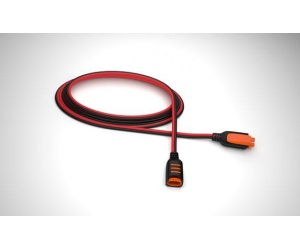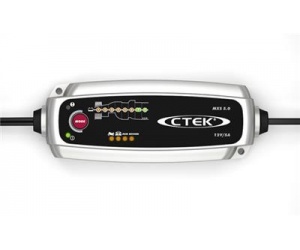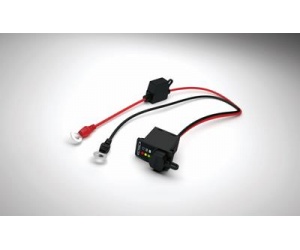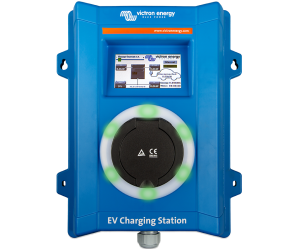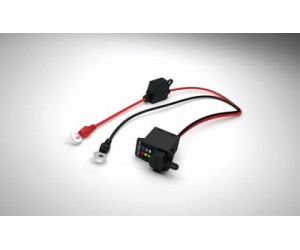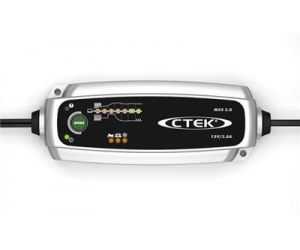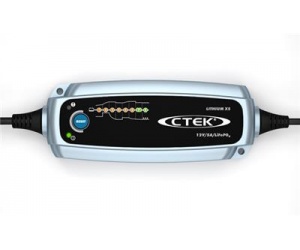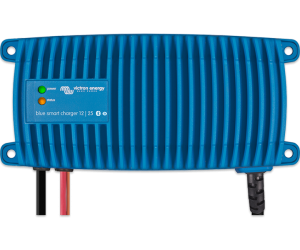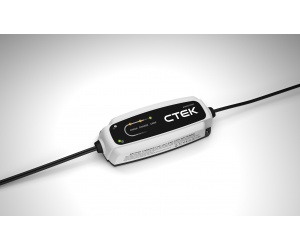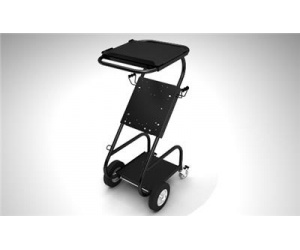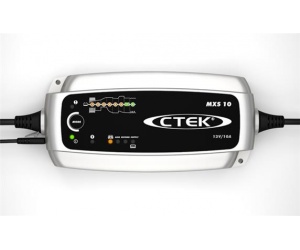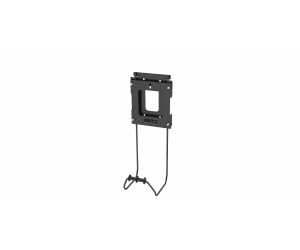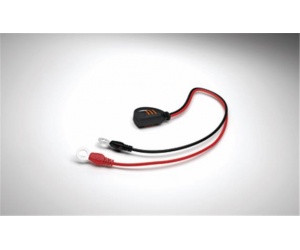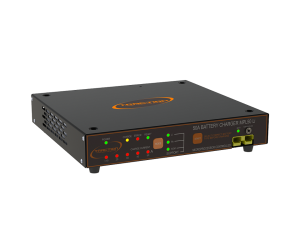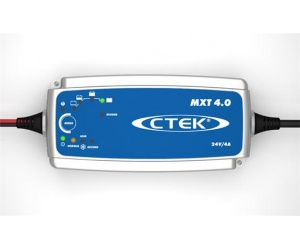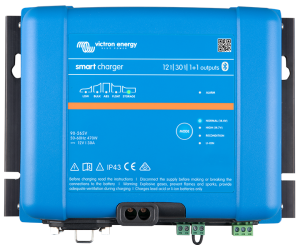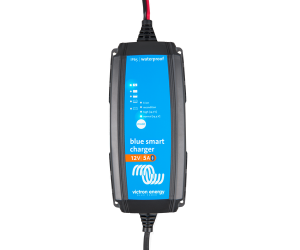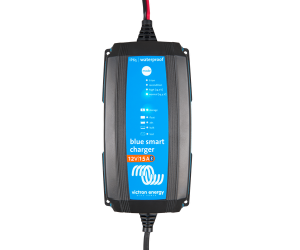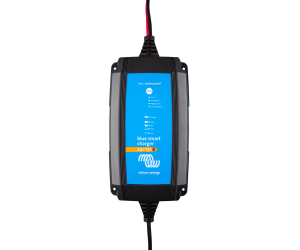Battery Chargers
Modern intelligent switch-mode chargers are all of the following descriptions. Maintenance chargers, bulk chargers, boost chargers, equalising charger, float chargers. Multi-mode chargers. Don't be confused we can help. Start by finding out your batteries' Ah (Amp hour) capacity, divide that number by 10 and it will give you an idea of the Amps size/capacity charger you need to charge your batteries. We are factory-approved importers of Victron Energy, Traction, Sterling Power & Delta Q.
A chargers purpose
When you are choosing your next car, you carefully consider what you will use it for most. Be that a Micro car or an SUV the engines might be of similar power but the purpose, its intended use is of great importance.
With your charger the usage/environment, for example, in a marine environment, you use a sealed IP44 or better (higher numbers are better) rating. Maybe its internally mounted but still in a sea spray zone so conformity coated board or potted components for a fully sealed solution are ideal. Consideration for what if the power supply doesn't de-rate in hot conditions (internally via thermal control or an external sensor to monitor the battery temperature). That the energy efficiency is a high percentage to reduce heat and chance of failure and if you travel internationally with your charger that it's rated for 110VAC input and 230VAC input (universal power supply). Accessory items are available if required and technical support is available from the place of purchase.

